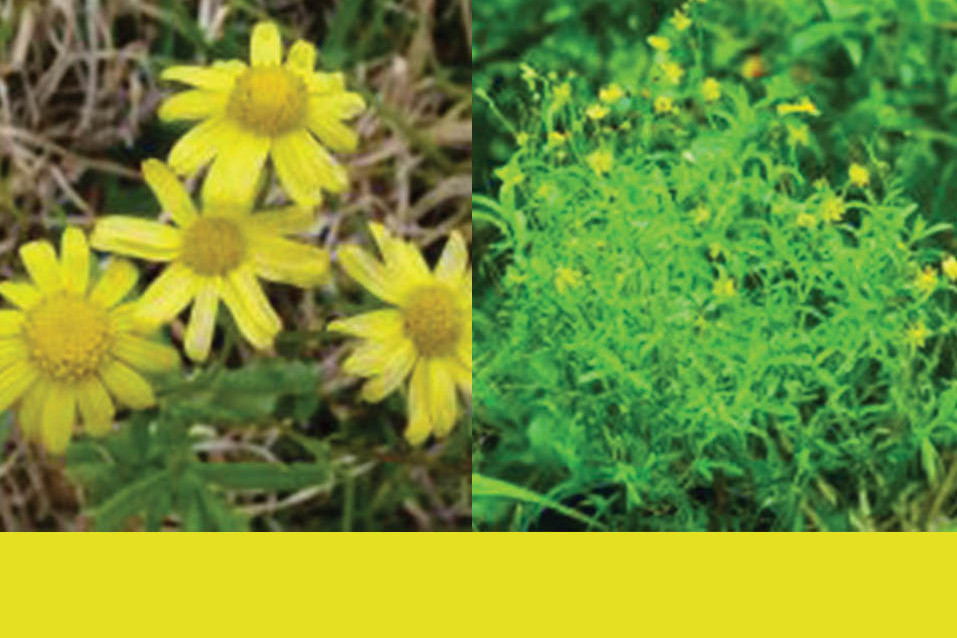
Fireweed is a category 3 Invasive species that is toxic to livestock, particularly cattle and horses, causing illness, slow growth and poor conditioning, which can result in death.
Fireweed competes with pasture and is found along the entire New South Wales coast and scattered across various regions of Queensland including the Darling Downs.
In dry, harsh conditions, it may be less than 20cm tall with narrow leaves, no branching and few flowers.
In ideal conditions, it grows up to 50cm tall with multiple branches, long, wide leaves (6cm x 2cm) and about 100 flowers.
Fireweed has attractive daisy like flowers, bright yellow, with diameter of about 2cm, producing up to 100 seeds each.
Physical removal and bagging before burning is an effective method of control while herbicides are most effective if sprayed before plants reach maturity.
Bromoxynil (trade names Bromicide 200, Brominil 200 and Buctril 200) is suitable for use in pastures containing clovers, medics and lucerne, and will not affect grass.
However, application during flowering will be effective if higher recommended rates of herbicide are applied.
Slashing is usually not effective, as it increases poisoning risk to stock and only delays flowering and seeding.
Council waste disposal sites do not accept Fireweed to be dumped as green waste.


